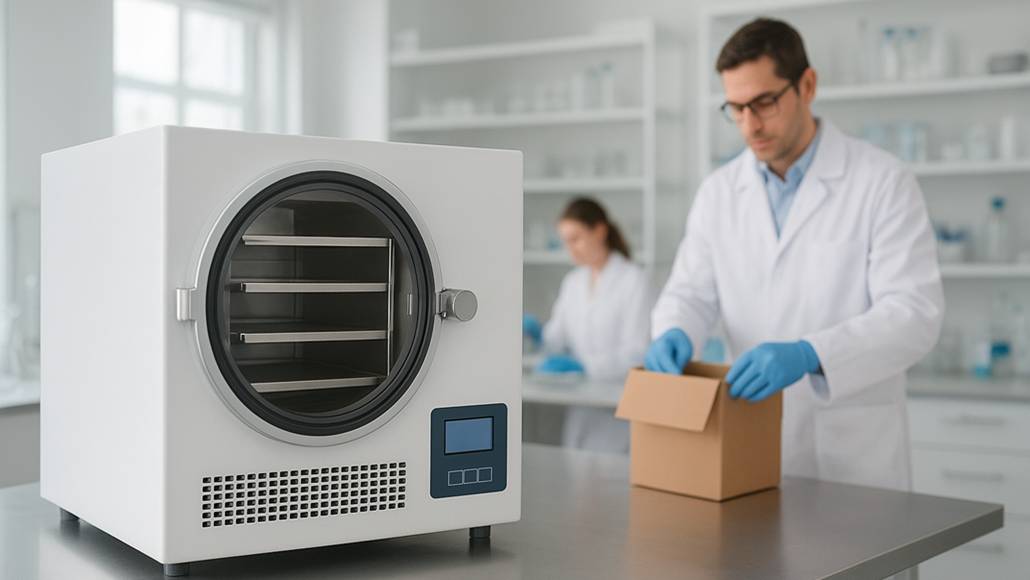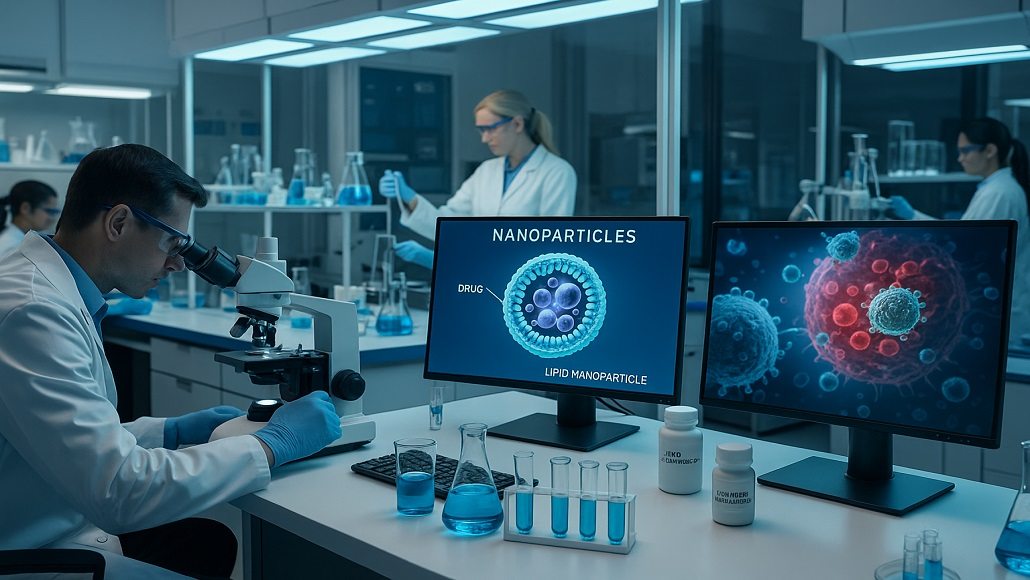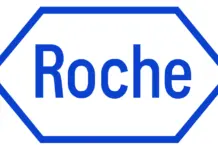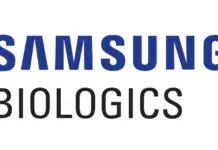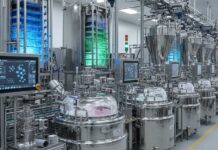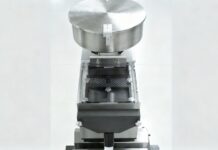Savara Inc. , an orphan lung disease company announced top line data from IMPALA, a pivotal Phase 3 clinical study evaluating Molgradex, an inhaled formulation of recombinant human granulocyte-macrophage colony-stimulating factor (GM-CSF), for the treatment of aPAP. 138 patients were randomized and received treatment for 24 weeks in one of three arms: 1) Molgradex 300 µg administered once daily continuously over 24 weeks, 2) Molgradex 300 µg, and matching placebo, administered once daily in 7-day intermittent cycles of each, or 3) inhaled placebo administered once daily continuously over 24 weeks.
Secondary Endpoints in the ITT Population
An average improvement of 12.3 points in the SGRQ (a patient-reported outcomes/quality-of-life measure) was observed in the continuous dosing arm compared to an average improvement of 4.7 points in the placebo arm. The estimated treatment difference was 7.6 points (p=0.01) which was statistically significant and approximately two times the generally accepted clinically meaningful difference of four points for this measure.
The other two key secondary endpoints, the six-minute walk distance (6MWD) and requirement for whole lung lavage (WLL), were numerically in favor of the continuous dosing arm, but the differences to placebo were not statistically significant. Patients in the continuous dosing arm showed a mean improvement of 39.6 meters in the 6MWD, while the intermittent and placebo arms showed improvements of 11.3 meters and 6.0 meters, respectively. Four patients in each of the active arms, and six patients in the placebo arm underwent a WLL during the treatment period. Given that some patients received more than one WLL, the total number of WLLs observed in the continuous dosing arm was 9, with 7 observed in the intermittent dosing arm and 17 in the placebo arm.
In addition to the A-aDO2, the diffusing capacity of the lungs for carbon monoxide (DLCO) was assessed as a secondary endpoint to evaluate the efficacy of Molgradex on gas transfer. Patients in the continuous dosing arm showed a mean improvement of 11.6% predicted in DLCO, whereas the intermittent dosing and placebo arms showed a 7.7% predicted and 3.9% predicted improvement, respectively. The estimated treatment difference of 7.9% predicted (p=0.007) between the continuous dosing arm and placebo was statistically significant.
“Taken together, the trends in reduction of A-aDO2,as well as the improvement in the diffusion capacity, are very consistent with reduction of the surfactant burden that causes the clinical symptoms of aPAP,” said Bruce Trapnell, M.D., Lead Investigator of the IMPALA study in the U.S. and Professor of Medicine and Pediatrics, University of Cincinnati College of Medicine. “Most importantly, the impressive improvement in quality of life, as measured by the SGRQ, suggest that Molgradex not only improved objective measures of oxygenation, but also had a clinically meaningful therapeutic effect. I believe these data demonstrate that Molgradex can become an important pharmacological treatment option for patients with aPAP.”
Secondary Endpoints in the ITT Population
An average improvement of 12.3 points in the SGRQ (a patient-reported outcomes/quality-of-life measure) was observed in the continuous dosing arm compared to an average improvement of 4.7 points in the placebo arm. The estimated treatment difference was 7.6 points (p=0.01) which was statistically significant and approximately two times the generally accepted clinically meaningful difference of four points for this measure.
The other two key secondary endpoints, the six-minute walk distance (6MWD) and requirement for whole lung lavage (WLL), were numerically in favor of the continuous dosing arm, but the differences to placebo were not statistically significant. Patients in the continuous dosing arm showed a mean improvement of 39.6 meters in the 6MWD, while the intermittent and placebo arms showed improvements of 11.3 meters and 6.0 meters, respectively. Four patients in each of the active arms, and six patients in the placebo arm underwent a WLL during the treatment period. Given that some patients received more than one WLL, the total number of WLLs observed in the continuous dosing arm was 9, with 7 observed in the intermittent dosing arm and 17 in the placebo arm.
In addition to the A-aDO2, the diffusing capacity of the lungs for carbon monoxide (DLCO) was assessed as a secondary endpoint to evaluate the efficacy of Molgradex on gas transfer. Patients in the continuous dosing arm showed a mean improvement of 11.6% predicted in DLCO, whereas the intermittent dosing and placebo arms showed a 7.7% predicted and 3.9% predicted improvement, respectively. The estimated treatment difference of 7.9% predicted (p=0.007) between the continuous dosing arm and placebo was statistically significant.
“Taken together, the trends in reduction of A-aDO2,as well as the improvement in the diffusion capacity, are very consistent with reduction of the surfactant burden that causes the clinical symptoms of aPAP,” said Bruce Trapnell, M.D., Lead Investigator of the IMPALA study in the U.S. and Professor of Medicine and Pediatrics, University of Cincinnati College of Medicine. “Most importantly, the impressive improvement in quality of life, as measured by the SGRQ, suggest that Molgradex not only improved objective measures of oxygenation, but also had a clinically meaningful therapeutic effect. I believe these data demonstrate that Molgradex can become an important pharmacological treatment option for patients with aPAP.”
Conference Call and Webcast
The Company will host a conference call today at 5:30 p.m. Eastern Time (ET) / 2:30 p.m. Pacific Time (PT) to discuss these results. Shareholders and other interested parties may access the conference call by dialing (855) 239-3120 from the U.S., (855) 669-9657 from Canada, and (412) 542-4127 from elsewhere outside the U.S. and request the “Savara Inc.” call. A live webcast of the conference call will be available online in the Investors section of Savara’s website at https://www.savarapharma.com/investors/events-presentations/.
Approximately one hour after the call, a replay of the webcast will be available on Savara’s website for 30 days, and a telephone replay will be available through June 19, 2019 by dialing (877) 344-7529 from the U.S., (855) 669-9658 from Canada and (412) 317-0088 from elsewhere outside the U.S. and entering the replay access code 10132445.
About the IMPALA Phase 3 Clinical Study
The IMPALA study is a randomized, double-blind, placebo-controlled study designed to compare the efficacy and safety of Molgradex with placebo in patients with aPAP. The study is being conducted in 18 countries worldwide. Patients were randomized to receive treatment for 24 weeks in one of three arms: 1) Molgradex 300 µg administered once daily continuously over 24 weeks, 2) Molgradex 300 µg, and matching placebo, administered once daily in 7-day intermittent cycles of each, or 3) inhaled placebo administered once daily continuously over 24 weeks. At the end of the 24-week double-blind period, all treatment arms roll into a 24-week open-label follow-on period and receive Molgradex 300 ug administered daily in 7-day intermittent cycles. The primary endpoint in the study is the absolute change from baseline in A-aDO2, a measure of the patient’s oxygenation status, following 24 weeks of treatment. In addition, the FDA will focus its review on three key secondary endpoints to evaluate improvement in clinical symptoms and function, including the 6MWD, SGRQ, and the time to / requirement for whole lung lavage
About Savara
Savara is an orphan lung disease company. Savara’s pipeline comprises Molgradex, an inhaled granulocyte-macrophage colony-stimulating factor (GM-CSF) in Phase 3 development for autoimmune pulmonary alveolar proteinosis (aPAP), in Phase 2a development for nontuberculous mycobacterial (NTM) lung infection in both non-cystic fibrosis (CF) and CF-affected individuals with chronic NTM lung infection; and AeroVanc, a Phase 3-stage inhaled vancomycin for treatment of persistent methicillin-resistant Staphylococcus aureus (MRSA) lung infection in CF. Savara’s strategy involves expanding its pipeline of potentially best-in-class products through indication expansion, strategic development partnerships and product acquisitions, with the goal of becoming a leading company in its field. The most recent acquisition is aerosolized amikacin/fosfomycin, a Phase 2-ready combination antibiotic for which the initial indication will focus on non-CF bronchiectasis patients with chronic lung infection and frequent exacerbations. Savara’s management team has significant experience in orphan drug development and pulmonary medicine, identifying unmet needs, developing and acquiring new product candidates, and effectively advancing them to approvals and commercialization.



